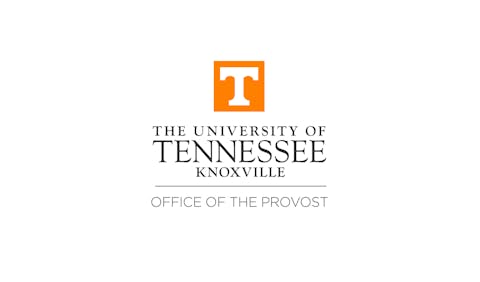Washington
The new golf course at Washington State University will use too much water, say environmentalists who are asking the state to prevent the course from opening.
The 18-hole Palouse Ridge Golf Club, scheduled to open this fall, could require more than 100 million gallons of water per year in an area where water is already scarce and the aquifer level is dropping, according to the Center for Environmental Law & Policy.
“We simply don’t have the water to squander on a golf course,” Scotty Cornelius, a CELP member in Pullman, said Tuesday.
Cornelius, the Palouse Water Conservation Network and the Palouse Group Sierra Club have appealed a state water rights decision to allow WSU to irrigate the golf course. A hearing is scheduled in November.
CELP said its estimates are based on its analysis of WSU’s own engineering documents and other sources.
But WSU officials say the $8 million course, paid for by private donations, will need about 55 million gallons of water per year. The Grande Ronde aquifer beneath Pullman can easily supply that for hundreds of years, they say.
In addition, the school is installing technology to make sure no water is wasted at the course, which is intended to lure more people to this college town of 25,000 people. The only course now in Pullman is a 9-hole course at WSU.
“We’ve got the most advanced computer irrigation system available to man out there,” said Mel Taylor of the WSU Office of Business Affairs. “There are 3,000 sprinkler heads and each one is tied into the computer.”
Cornelius said water levels in the Grande Ronde aquifer have been dropping for decades. He noted that WSU plans to spend $2.7 million over six years to conserve about 14 million gallons of water per year across the campus.
The aquifer, which is used primarily by WSU, the University of Idaho and the cities of Pullman and Moscow, Idaho, has an estimated 600 years of water left, Keith Bloom, an administrator in the school’s Capital Planning and Development office, said Tuesday.
The school is also seeking permission from the state to treat and reuse water from its sanitary systems to irrigate the golf course, Bloom said.
– Associated Press
© Copyright 2005 by DiverseEducation.com















